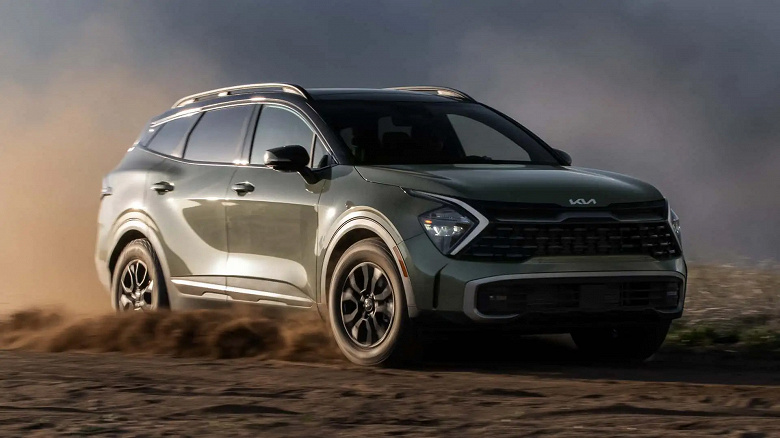In an impressive turn of events, the South Korean automotive giant Kia has recorded its best-ever October performance in the United States, selling 69,000 vehicles. This achievement marks a minimal increase of 94 units compared to October of the previous year but signals the resilience of the brand amidst a volatile global marketplace.
Sportage Leads the Way
Leading the charge for Kia is its best-selling Sportage crossover, with sales surging by 17.4% to reach 16,057 units. Meanwhile, the K4 sedan (Forte) managed to narrowly outpace Kia’s flagship three-row SUV, the Telluride. Despite their prominence, both models experienced a decrease in sales, with Telluride dropping by 11.6% and K4 by 22.6%.

Photo: Kia
Compensating Declines with Other Models
The declines were counterbalanced by significant growth in other models. Sales of the Kia Carnival minivan increased by 34.5%, Kia K5 by 31.2%, Kia Seltos by 31.8%, and Kia Niro nearly doubled, illustrating the company’s diversified model strength. Year-to-date, Kia has sold 705,105 vehicles in the U.S., marking an 8% growth compared to the same period last year.
Challenges in the Electric Segment
Contrasting the overall growth, Kia’s electric vehicle sales saw a significant downturn. In October, the newly launched EV9 reached only 666 units sold, a drop of 65.7%, and the EV6 plummeted by 70.7% to 508 units. For comparison, both models recorded significantly better sales in September, with figures of 3,094 and 2,116 units, respectively. Experts attribute this sharp decline to the expiration of federal tax credits for electric vehicles in the United States.
Broader Market Context
The automotive industry is amidst a transitional era, with increasing emphasis on sustainability and alternative energy vehicles. Kia’s overall robust performance amid declining electric vehicle sales suggests both opportunities and challenges. As tax incentives fade, the company, like many automakers, faces the pressure of boosting consumer appeal for its electric lineup without financial subsidies.
Future Outlook
Looking ahead, the dynamics of federal policy and consumer sentiment will likely play a pivotal role in shaping the industry’s course. Kia’s strategic responses, including potential new rolls and innovations, will be crucial in maintaining its upward trajectory in both traditional and electric vehicle segments.


